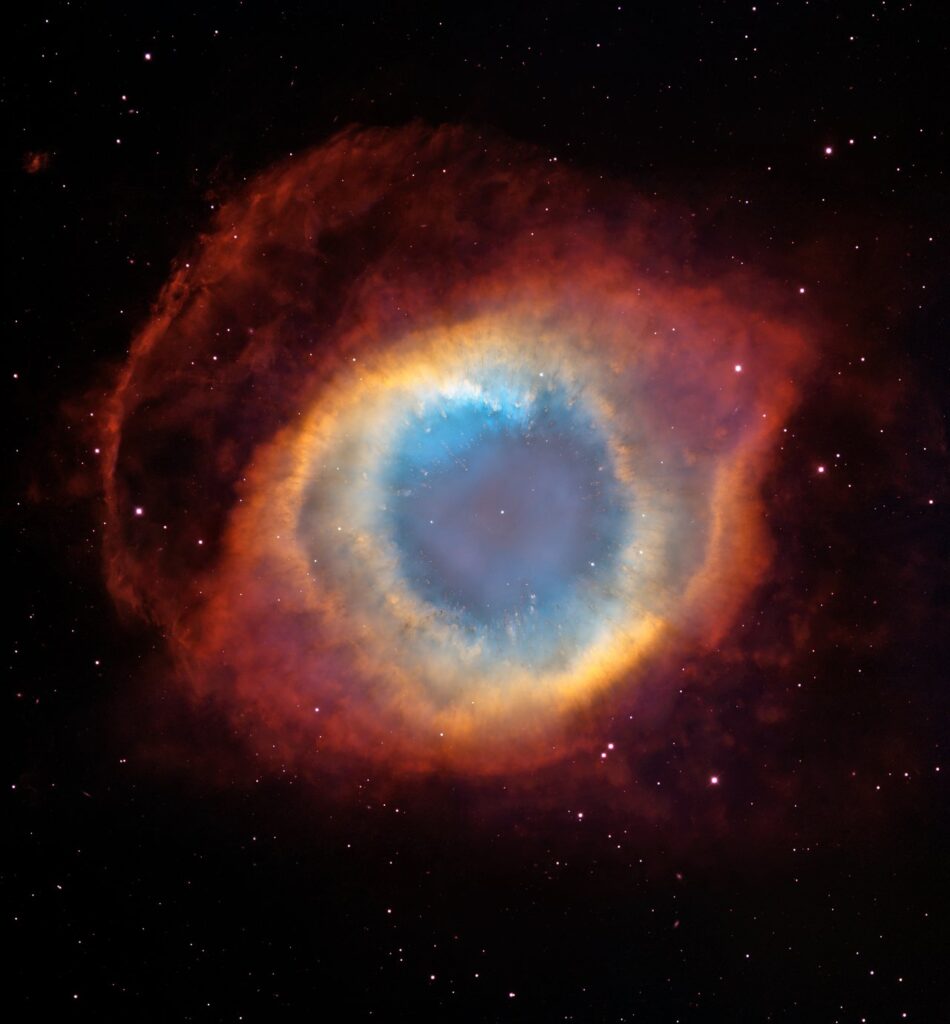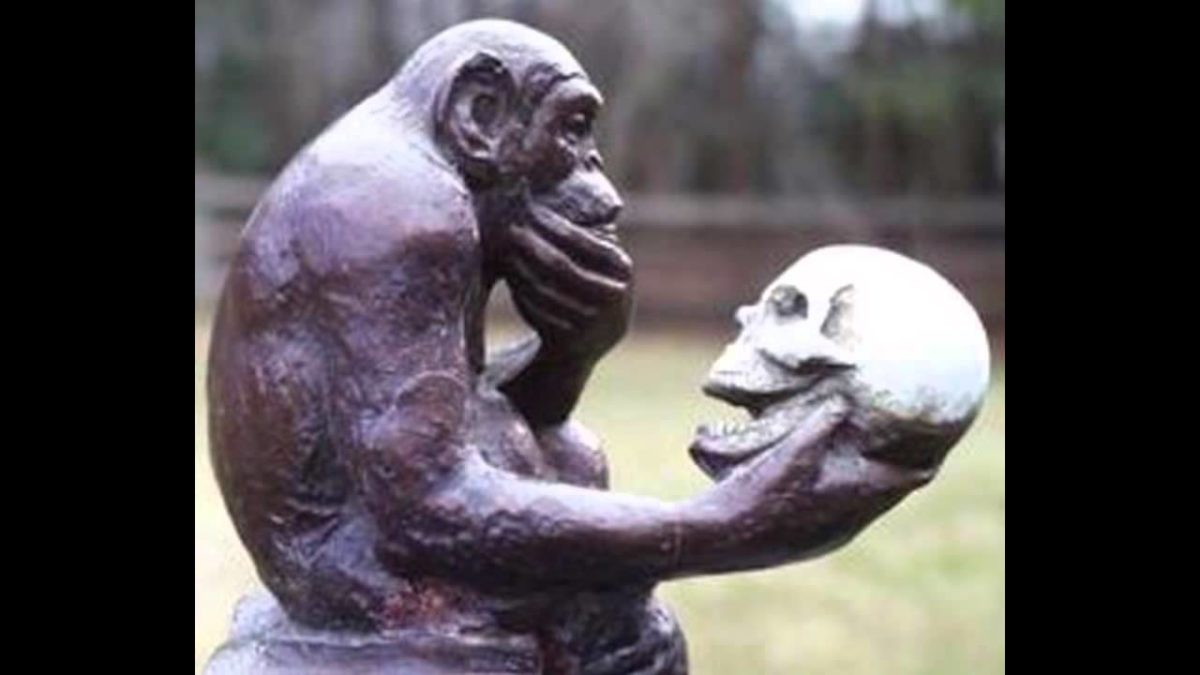As a child I was told that animals (non-human) did not think; everything that they did was through instinct. Such a claim did not satisfy me. Having been around pets and other animals all my life has given me many examples that show clearly that animals think, dream, even reason and make decisions – sometimes well, and sometimes not so well.
For example, squirrels crossing a street and confronted by an oncoming car, will stop and decide whether to continue across, or turn around and go back. Unfortunately for them, they often choose poorly. Apparently, considering the possible unknown dangers ahead versus where they have come from, they will often turn back when they are only a few feet away from the relative safety of the curb, only to succumb to the deadlier danger of a car.
On the other hand, I well remember a particularly annoying squirrel in our front yard, eyeing the ripe peaches on our dwarf peach tree from his perch on a fence rail. He watched me yelling at him from the porch and considered his options. As I came down the steps, he leapt into the bush, grabbed a peach, and jumped back onto the fence rail. He then ran down the rail a ways, stopped, and chattered defiantly at me all the while holding onto that peach.
More recently, squirrels in our present back yard have provided both frustration and amusement for me in their clever ways to get at the peaches in our tree, after I had clamped a plastic drainpipe around the trunk to keep them from climbing into it.
Instinct and thinking: Brains big and small
Of course, research starting in the 60’s by Jane Goodall and others showed that chimpanzees and the other great apes can reason and use tools, and even communicate with us using sign language. More recent studies showed that chimpanzees were better at certain memory tests than humans. 1 And birds can remember after several months where they hid thousands of seeds in hundreds of locations. 2 Fortunately for the plants, their memory is not perfect (or, are they just being farmers?).
Laboratory rats learn to navigate mazes; crows learn to use vending machines. So, I don’t thing I will get any argument from you that these animals are not thinking. But how far down the evolutionary scale can we take this?
What about reptiles, or fish? Turtles don’t seem to be very bright; they try to climb over obstacles when they could more easily go around them. But, they are going somewhere. They smell and taste things to decide whether they might make a meal. Lizards will watch me carefully to assess whether I am a danger – no question here. Pond or aquarium fish learn to overcome their natural fear and recognize that a person is coming to feed them. This is not something that they would have in their natural habitat. Now think of this: That is a very small brain compared to other chordates (animals with a spinal chord) – about 1/15 as large relative to the size of the animal.
So, what is instinct, anyway?
Merriam Webster Dictionary defines instinct as:
-
- a way of behaving, thinking, or feeling that is not learned; a natural desire or tendency that makes you want to act in a particular way.
- something you know without learning it or thinking about it.
- a natural ability.
What are some examples of animal behavior that are instinct?
Obviously, all animals, including people, have instinctive behavior related to survival needs, such as eating and protecting themselves from predators. But let’s look at some interesting specifics.
Instinct and thinking: Domestic and wild
Dogs are social creatures. Wild dogs, such as wolves and coyotes tend to live in groups, and those groups have a social order. Belonging in a group seems to be instinctive. What is not so clear is whether some of the behaviors, such as dominant or submissive behavior, are instinctive or learned. The particular behavior is always the same, which might argue for instinct; however it could as easily be learned from observation of the group. Some dogs may decide to challenge the alpha dog. Not all do, so this is probably not an instinctive thing. Catching food? This is well documented as learned from their parents.
Domestic dogs are also social, but the family, which includes humans and often other animals, is now their social group. They are generally submissive relative to their humans. Domestic dogs are very sensitive to human cues. Our tone of voice or visual cues indicate whether we might be angry at or approving of something the dog did. And, dogs seem to respond empathetically when their humans are upset. All these behaviors are without any training.
Domestic dogs seem to be smarter in some ways than their wild counterparts. For example, if you point to some morsel on the floor, they will go to it. Try this with a cat; they will look at your finger, not in the direction it is pointing. Dogs will do this automatically, without training. Apparently, it is instinctive behavior. However, domesticated wolves or coyotes do not respond in this way. 3 So, how did domestic dogs develop an instinctive behavior? The obvious answer is: It was learned at some point in the past, and that knowledge was passed down as instinct. How that happens is unknown.
The other most familiar domestic animal is the cat. One of the most obvious behaviors about our cats is that they bury their wastes. According to zoologist Joanne McGonagle 4, big cats in the wild (lions, tigers, leopards and jaguars) often do not bury their excrement. She attributes this as a way of signaling they are claiming a certain territory. Smaller, weaker or more submissive wild cats do bury their feces. McGonagle sees this as a way of making sure the bigger cats do not feel challenged, and also to avoid attracting unwanted attention from predators to themselves or their young. I don’t know if we can be sure her reasons are correct, but they do make sense. Either way, if the instinctive behavior developed as a survival mechanism, it had to be learned at some point.
Consider chickens and other birds. We have had quite a few chickens over the last 30 years, and plenty of time to observe their behavior. One day I noticed the chickens were not out and about as they usually were on a nice, sunny day. Then, I heard a hawk flying overhead. As soon as the hawk had gone, out came the chickens, from under the bushes. I found that they did this whenever hawks were nearby. Other birds too, seek refuge in the bushes and trees when hawks are around. For that matter, so do the squirrels. How do they know the hawk is a danger? I don’t recall them reacting this way to vultures. Again, they didn’t need to be taught; it was instinctive knowledge.
What about those fish? Salmon somehow know where they came from and how to find their way back to spawn; instinctive behavior, but not based on geographic location. Perhaps it’s smell or some other sense, because if we move the baby fish to a new location, that becomes their spawning site.
Instincts are important to us all
All animals seem to know what predators they need to fear, whether they be wolves, cougars, sharks or amoebas. And even the predators have their own enemies to be wary of. Having instinctive responses are important to their survival and procreation; there is no question about that. But how that instinct is developed is a mystery.
Some people would claim that God is directing their every move and every thought. Only we, the chosen ones, the pinnacle of creation, have free will (see, “Is anything more amazing than the human brain? The basis of intelligence, Introduction“/). I don’t think so. More to come.
1,2. Barber, Nigel, 2018. “When Other Species Are Smarter,” Psychology Today. https://www.psychologytoday.com/us/blog/the-human-beast/201803/when-other-species-are-smarter
Barber references:
1. Inoue, S., and Matsuzawa, T. (2007). “Working memory of numerals in chimpanzees,” Current Biology, 17, R1004-R1005.
2. Lanner, R. M., 1996. Made for each other: A symbiosis of birds and pines. New York: Oxford University Press.
3. Barber, Nigel, 2010. “Why dogs are so different from wolves: Humans created dogs in their own image.” Psychology Today. https://www.psychologytoday.com/us/blog/the-human-beast/201011/why-dogs-are-so-different-wolves
4. McGonagle, Joanne, 2012. “10 reasons your cat might be going outside the litter box.” The Tiniest Tiger. https://conservationcubclub.com/2012/07/10-reasons-your-cat-might-be-going-outside-the-litter-box/





